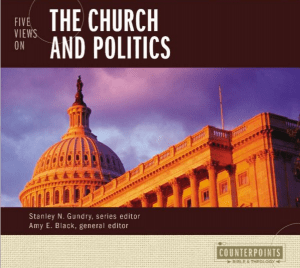From the NYTimes by Nate Silver:
During the Republican nominating contest, competing paradigms have arisen for how to interpret the evidence from polls, voting results and other tangible indicators of success or failure. The paradigms present profoundly different conclusions about the most likely outcome.
One might be called “More of the Same.” It asserts that the traditional rules of engagement in a nomination race still apply, and that the empirical evidence from past contests is reasonably powerful.
That evidence looks something like this: Although the nomination is technically decided by delegate counts, and somewhat less literally by the preferences of rank-and-file voters, ultimately the nominee is determined by a sort of open negotiation among the party elite, which includes elected officials, major donors and the partisan news media, among others….
The competing paradigm might be called “This Time Is Different.” It asserts that a fundamental change has occurred in America’s political culture, or that a temporary shift is especially salient in this year’s Republican race.
Under this interpretation, elite support and the ground game do not matter as much as usual. Instead, success is more idiosyncratic: personalities matter a lot, and nominations are determined based primarily on momentum and news media coverage.
There is the potential under these rules for the process to be chaotic. Not only is there no guarantee that voters will “fall in line,” but they may actively rebel against presumptions that they will do so, leading to rapid changes in momentum, and increasing the potential that a party will nominate an “unelectable” or nontraditional candidate. Under this view, the best indication of voter sentiment at any given time is probably the polling — although it may be acknowledged or expected that the results will change rapidly….
I have tried to weigh these competing paradigms in my coverage of the Republican race. But I had found the evidence for “More of the Same” compelling after Iowa and New Hampshire. Suddenly, but not unexpectedly, according to the theory, everything seemed to have fallen into place. The Republican nomination race of 2012 more closely resembled the Democratic contest of 2004, in which there was some ambiguity about the outcome before the voting began, but one candidate — John Kerry — emerged as a clear front-runner after Iowa and New Hampshire and never looked back.
Then came South Carolina….
In the case of presidential primaries, previous beliefs ought not be accorded all that much weight: Americans have not been picking presidential nominees in quite this way for all that long, and yet a presidential nomination process is complex. In more abstract terms, both conceptual and statistical models of the presidential nomination process may be “overfit” and draw too many conclusions from idiosyncratic examples.
My view is that Mr. Gingrich’s win in South Carolina alone is not enough to be paradigm-breaking. But if he follows it with a win in Florida, all bets are off. Not only would that represent further evidence of Mr. Gingrich’s strength, it would suggest that we had been weighing the evidence incorrectly all along.











